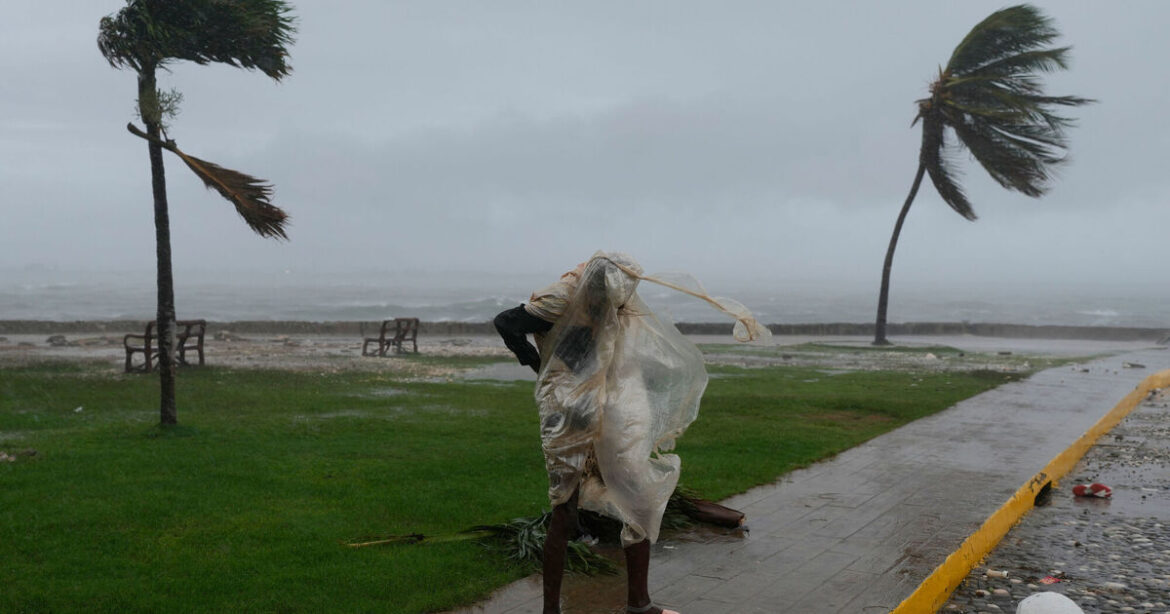By Shelton Muchena
The wind began as a whisper, a soft warning that brushed through the palm trees like a message from the ancestors. By nightfall, it became a roar that tore through the island with terrifying force. When Hurricane Melisa struck Jamaica, it was not just another storm; it was a catastrophe that tested the limits of resilience, compassion, and hope.
Across the island, entire communities have been reduced to fragments. In St. Mary, where the Caribbean once sparkled against golden sands, now lie mounds of splintered homes and boats flung inland by the raging sea. The island’s north coast, once alive with music and market chatter, now echoes with the cries of those searching for loved ones.
According to the Office of Disaster Preparedness and Emergency Management (ODPEM), early estimates indicate that more than 350,000 Jamaicans have been directly affected. Over 20,000 homes have been damaged or destroyed, and entire parishes remain without electricity or clean water. The government has declared a national emergency, calling for urgent international assistance.
Yet amid the chaos, the spirit of the Jamaican people refuses to break.
In a makeshift shelter outside Annotto Bay, seventy-two-year-old Miss Agatha Brown sits on a wooden crate, clutching her five-year-old grandson. “Mi lose my house,” she says softly, “but mi nuh lose my faith.” Her voice trembles, but her eyes do not. Around her, dozens of families huddled together strangers turned family overnight.
In Kingston, youth volunteers wade through knee-deep floodwater, delivering food and medicine to those stranded in their homes. Local churches have opened their doors. Mosques and temples are cooking hot meals for anyone who arrives hungry. It is a portrait of humanity at its purest, people giving everything, even when they have nothing left.


